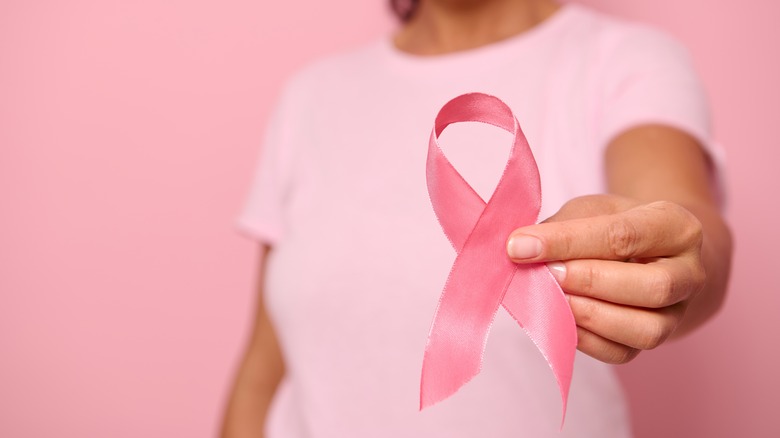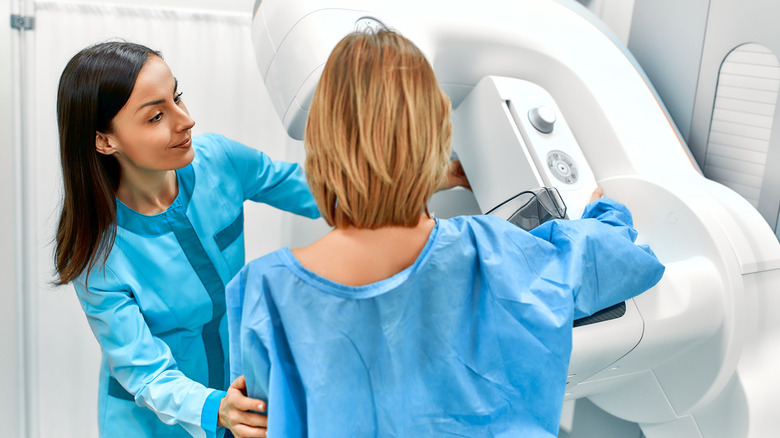Though Breast Cancer Death Rates Are Declining, Racial Disparities Persist
There is good news and bad news regarding breast cancer death rates in the United States. The good news is that the number of people dying from breast cancer in the U.S. is decreasing, according to U.S. News. The death rate from this disease dropped by 43% between 1989 and 2020, totaling 460,000 fewer deaths overall. Health experts believe that a push for more frequent screening and an increase in awareness about the disease has played a role in lower rates of death. However, the bad news is that racial disparities still exist and aren't getting much better.
"We found that despite continued progress in reducing the risk of death from breast cancer, there is an alarming persistent gap for Black women, who have a 40% higher risk of dying from breast cancer than white women despite lower incidence. This is not new, and it is not explained by more aggressive cancer," said report co-author Rebecca Siegel, senior scientific director of surveillance research at the American Cancer Society. While white women experience a higher rate of being diagnosed with breast cancer, Black women are significantly more likely to die from the disease. "We have been reporting this same disparity year after year for a decade. It is time for health systems to take a hard look at how they are caring differently for Black women," Siegel said in a news release.
The importance of early detection when it comes to breast cancer
Breast cancer is a serious disease that can have a devastating impact on the lives of those affected by it. Early detection is therefore vital in order to improve the chances of successful treatment. There are a number of ways in which breast cancer can be detected early, including self-examination, mammograms, and clinical examination. Self-examination is an important method of early detection, as it allows women to detect changes in their breasts at an early stage. Mammograms, which are x-rays of the breast, can also be useful in detecting breast cancer at an early stage. It is recommended that women over the age of 40 have a mammogram every year unless directed otherwise by a doctor (via Carol Milgard Breast Center). Regular visits to your doctor can also help detect breast cancer early.
Whichever method or combination of methods is used, early detection is vital in the fight against breast cancer. The sooner a cancer is detected, the better the chances of successful treatment. With early detection, breast cancer can be caught before it has a chance to spread and become more difficult to treat. So make sure you are aware of the signs and symptoms of breast cancer, and get checked out by a doctor if you notice anything unusual.


